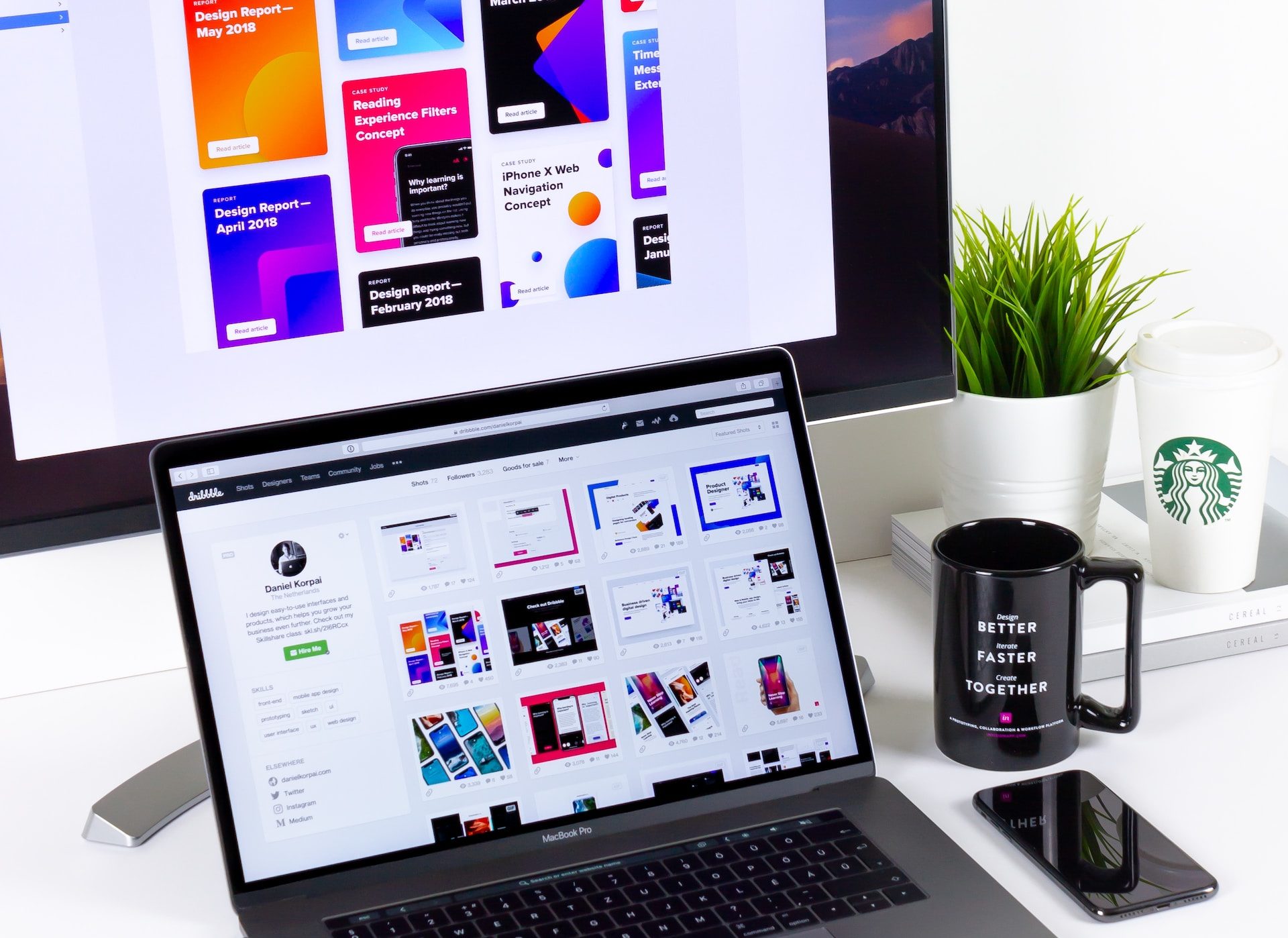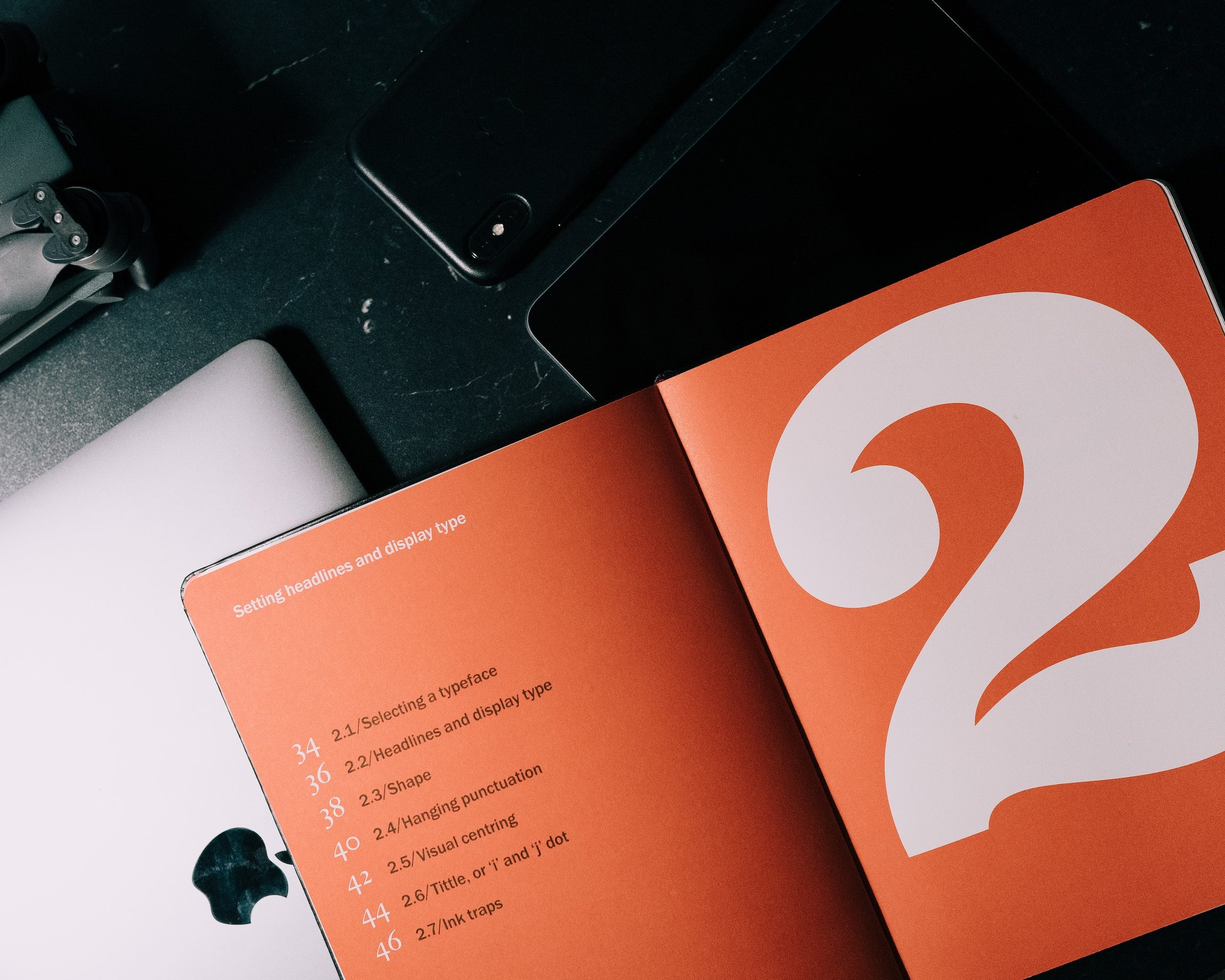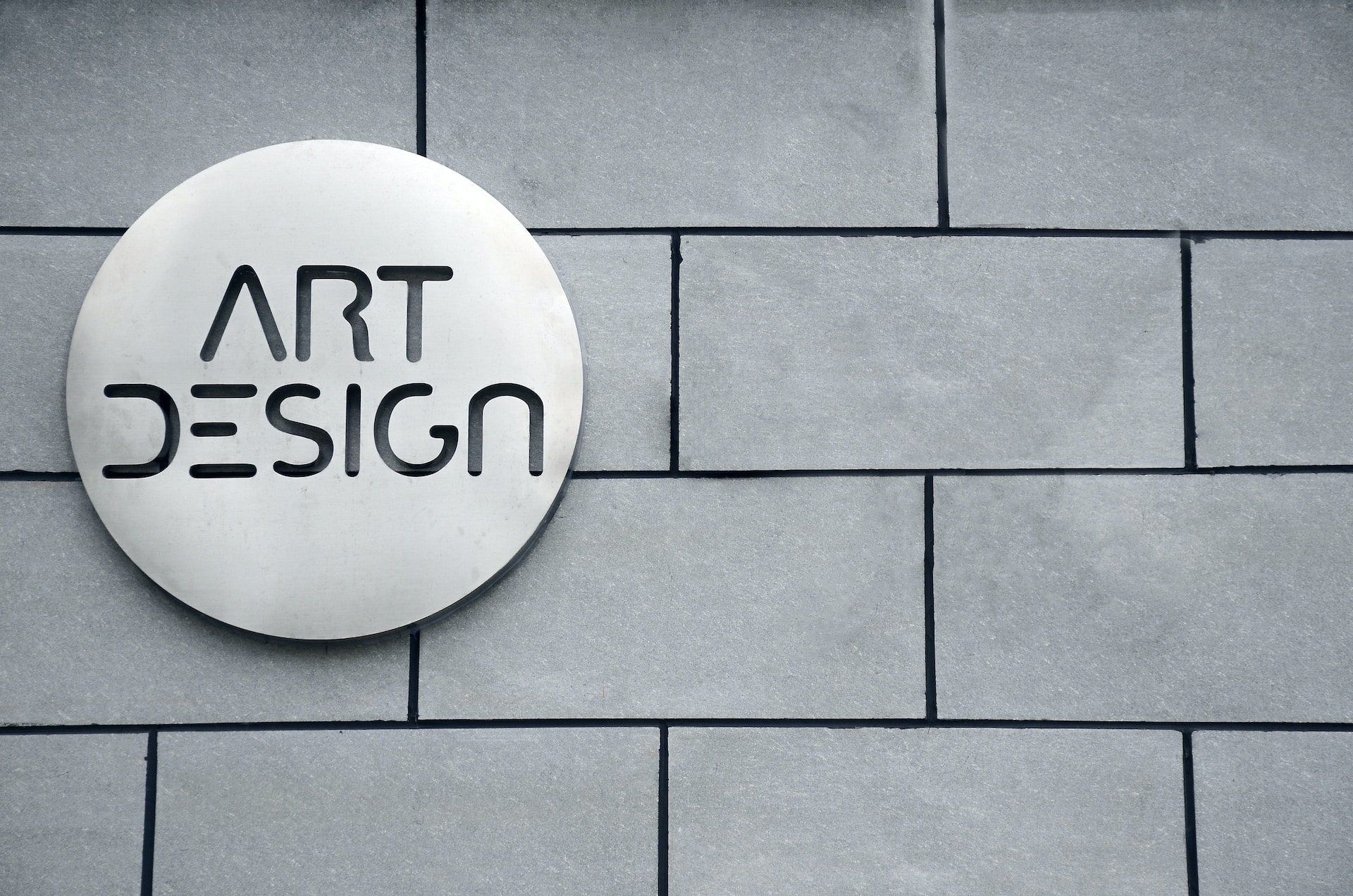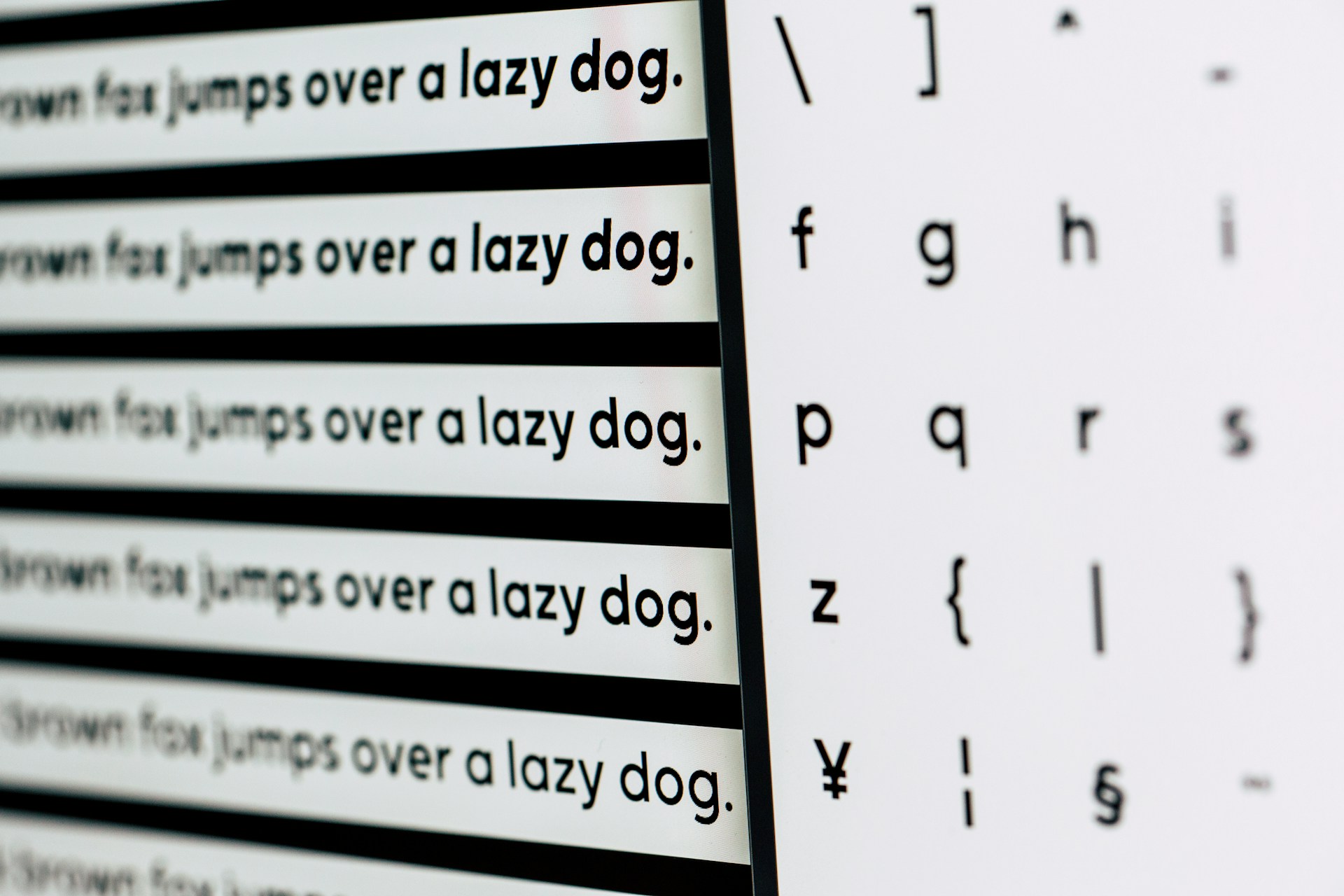Have you ever asked how to leverage the power of AI to automate tedious design tasks and unlock new levels of efficiency and creativity?
In today’s fast-paced digital era, designers are constantly seeking avenues to enhance their efficiency and productivity. The integration of artificial intelligence (AI) into the creative process stands out as a groundbreaking breakthrough that has revolutionized the design industry.

AI-powered tools and technologies have emerged as invaluable allies, empowering designers to automate mundane tasks and tap into untapped levels of creativity. In this blog post, we will delve into the possibilities of harnessing AI to automate various design tasks, allowing designers to streamline their workflows and concentrate on more innovative and strategic aspects of their work.
Automating Repetitive Design Tasks
Designers often find themselves devoting excessive time to repetitive tasks such as image resizing, photo cropping, and background removal. These tasks not only consume time but also drain creativity and impede productivity. AI-powered tools, employing image recognition algorithms and deep learning models, present an effective solution for automating these monotonous tasks.
For instance, instead of manually resizing images for diverse platforms and devices, designers can leverage AI algorithms that intelligently analyze and adjust images to fit specific dimensions. Likewise, AI-powered background removal tools accurately identify and eliminate backgrounds from images, saving designers countless hours of manual effort. By automating these repetitive tasks, designers can allocate more time and energy to the creative aspects of their work.
Enhancing Creative Collaboration
Design projects often involve collaboration among various stakeholders, including clients, developers, and marketing teams. The communication and alignment of design concepts within such collaborations can be complex, leading to potential inefficiencies and delays. AI technologies offer a facilitative role by automating tasks related to design feedback and iteration.
AI-powered design collaboration platforms have the capability to analyze feedback from multiple sources, extract key insights, and generate actionable suggestions. These platforms assist designers in comprehending the preferences and requirements of different stakeholders, enabling more effective iteration and refinement of designs. By automating the feedback analysis process, AI fosters seamless communication and collaboration, ultimately leading to more successful design outcomes.
Generating Design Assets and Variations
The creation of a diverse range of design assets, such as logos, icons, or templates, often consumes substantial time and effort. AI can streamline this process by automatically generating design assets, thus saving designers significant resources and enabling them to explore more creative possibilities.
Generative AI models, like generative adversarial networks (GANs), can be trained on vast datasets to produce unique and diverse design assets. For instance, GANs can generate multiple logo variations based on a few initial concepts or create custom icon sets from abtract object to simple like star, badges… with minimal human intervention. These AI-generated assets can serve as a starting point for designers, providing inspiration and expediting the design process.
Predictive Design and Data Analysis
Incorporating AI into the design process transcends task automation; it also equips designers with valuable insights and data-driven decision-making capabilities. AI algorithms can analyze extensive volumes of design-related data, including user feedback, engagement metrics, and market trends, to inform the design process.
By harnessing AI-powered predictive analytics, designers can gain insights into user preferences, anticipate design trends, and make data-informed design decisions. For example, AI can analyze user interactions with existing designs and provide recommendations on color palettes, typography, or layout based on successful patterns. This data-driven approach enhances the effectiveness of design choices and increases the likelihood of positive user experiences.
Finally
The integration of AI into the design process presents boundless opportunities for designers to automate tedious tasks, streamline collaboration, generate design assets, and make data-driven decisions. By embracing AI-powered tools and technologies, designers can enhance their efficiency, productivity, and unlock fresh levels of creativity and innovation.
However, it is crucial to remember that AI is a powerful tool that complements human creativity rather than replacing



